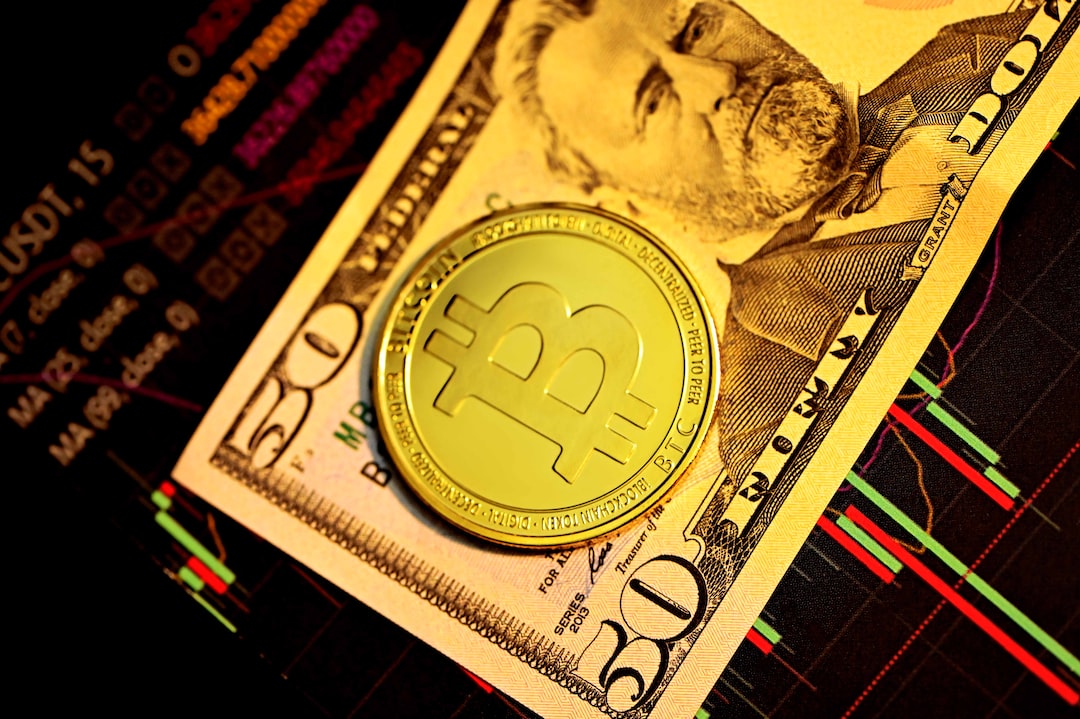Coinbase’s latest report highlights the growing trend of financial asset tokenization as interest rates rise above 5%. This trend is expected to continue accelerating over the next 1-2 years, transforming traditional assets like bonds and agreements into digital tokens.
The Evolving Role of Tokenization
In a report published on Monday, October 30, Coinbase emphasizes that the tokenization of financial assets is on the rise in today’s high-yield environment. Initially used to represent ownership of illiquid assets on a blockchain, tokenization now extends to digitizing financial assets such as sovereign bonds, money market funds, and repurchase agreements.
This shift towards tokenization is not limited to the crypto industry. Major players like JPMorgan are also exploring blockchain-based collateral settlements through the Tokenized Collateral Network (TCN).
Capital Efficiency and Instantaneous Settlement
In 2017, tokenization had an opportunity cost of around 1.0-1.5%. However, with nominal interest rates surpassing 5.0% in today’s environment, instant settlement offers enhanced capital efficiency.
This change is particularly beneficial for financial institutions as it reduces the settlement cycle from the traditional T+2 to real-time. The ability to operate 24/7 and maintain transparent audit records further improves on-chain payments and settlements.
Rising Demand and Lowering Risks
The recent increase in front-end bond yields has prompted more individuals to seek additional income opportunities. They are utilizing new systems to access digital US bond markets, resulting in a six-fold growth in digital bonds on public networks this year.
Over the past six years, there has been a significant increase in knowledge about using digital tokens, particularly among individuals at large companies. The implementation of atomic settlements in delivery-vs-payment and delivery-vs-delivery scenarios has also reduced the risk of potential issues.
There is speculation about the potential scale of tokenization, with estimates ranging from Citigroup’s $5 trillion to Boston Consulting Group’s $16 trillion by 2030. However, it is important to note that this trend encompasses more than just tokens, including the emergence of new digital currencies like central bank digital currencies (CBDCs) and stablecoins.
Hot Take: The Future of Tokenization in Finance
The rapid growth of financial asset tokenization demonstrates its increasing importance in today’s high-yield environment. As interest rates continue to rise, more traditional assets are expected to undergo digitization, unlocking capital efficiency and enabling instantaneous settlement.
This trend is not limited to the cryptocurrency industry alone; even major financial institutions like JPMorgan are exploring blockchain-based solutions. With rising demand for alternative income opportunities and decreasing risks through improved settlement mechanisms, the tokenization market is set to expand further.
Looking ahead, the potential for tokenization is vast, with estimations suggesting trillions of dollars in value by 2030. However, it is crucial to recognize that tokenization encompasses not only digital tokens but also the development of new digital currencies like CBDCs and stablecoins. The future of finance is becoming increasingly digitized, and tokenization plays a pivotal role in this transformation.





 By
By
 By
By
 By
By
 By
By
 By
By
 By
By